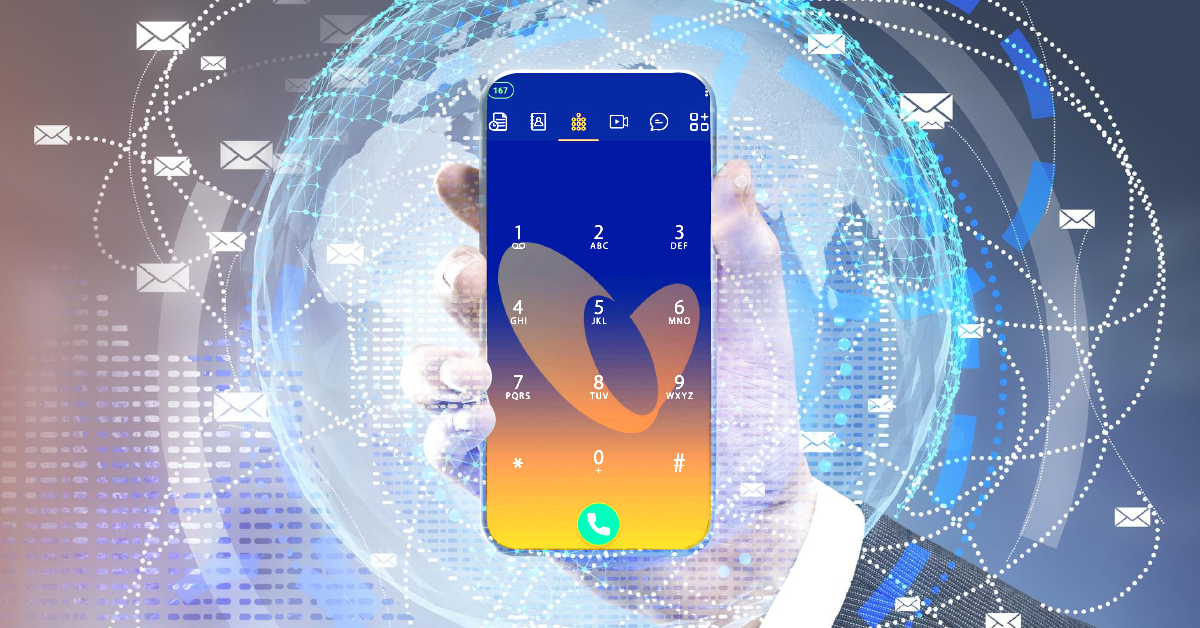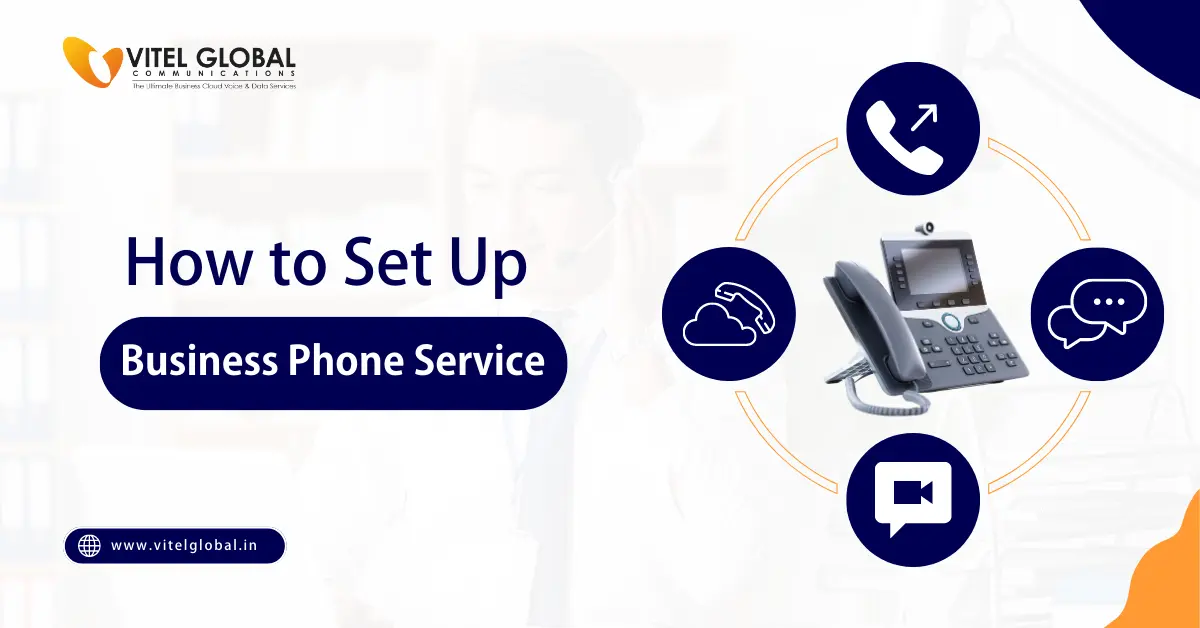Table of Contents
Even business communication is automated and sped up by cloud-based IVR (Interactive Voice Response) systems offering high-tech features like personalized welcome messages, call routing, call recording, call analytics, music on hold, email notifications, and CRM integration.
Users can modify and expand cloud-based phone solutions according to their specific communication requirements. However, a study conducted by a university indicates that a poor IVR experience will cause 63% of customers to stop using the brand’s goods or services.
Therefore, companies must consistently provide a great interactive phone system experience to boost customer loyalty and increase customer satisfaction. Developers must enhance the voice response system experience by implementing several best practices while designing and developing an interactive voice response solution.
What is IVR?
The software program enables you to communicate with callers using a recorded voice. It is used in various industries, from call centers to customer service representatives at businesses; it is intended for clients and potential clients who want an alternative method of getting in touch with inquiries and questions.
With the popularity of interactive phone systems rising daily, call centers, and other businesses have more opportunities than ever to boost sales and customer retention.
You might now be wondering what IVR’s full name is. Interactive Voice Response is what IVR stands for.
Different Interactive Voice Response’s
It can be briefly separated into single-level and Multi-Level.
Single Level
As the name implies, a single-level Interactive Telephony System enables you to extend your call flow by one layer of auto attendant. An automated voice system call asking for feedback is a straightforward illustration.
Automated feedback is a common application for single-level Interactive Telephony Systems in business. When the feedback call rings, the user is prompted to rate the service using the Voice-Activated Menu. After that, a CRM is retrieved, and the entry is made there. It has been demonstrated that calls receive more engagement than SMS and emails.
Multi-Level
This kind of automated voice response enables you to initiate another IVR. Depending on your firm’s requirements, you can create complex call flows. If you have ever called customer service, you have been allocated multi-level.
Interactive Voice Response: How Does It Operate?
Customers will first come across an IVR (Interactive Voice Response) when calling a contact center. The caller will hear a prerecorded message before being presented with several menu options.
You can gather more data before taking action with the help of IVR solutions that support multi-level menus. For instance, if a caller chooses the service department, a sub-menu may ask about the specific product they are calling about. In this manner, the IVR can route the call to a team working with that product.
Automatic call distribution solutions and IVR are frequently used together. Callers are prioritized and put in a queue by ACDs using call metadata and information gathered from the IVR before being transferred to the next available agent, who can best assist the customer as soon as possible. When used in conjunction, these tools can reduce wait times and increase the number of calls your agents can handle daily.
Why is Interactive Voice Response necessary for your Business?
For hassle-free call dispatching and first-call resolution, a business should use IVR. The price of not installing an interactive telephony system is losing a client to frustration. It is also:
-
Improve Customer Service Experience
Customers can choose between self-service and interacting with an operator. Anytime, anywhere, they can come up with a solution.
-
Enhances Customer Engagement
Integrating IVR with your customer relationship management (CRM) program lets you go beyond basic personalization. You can pull up their prior call transaction history. Another key feature for enhancing CX is click-to-call, which allows users to call your operators while exploring your website or app.
-
Reduces Costs and Saves Time
It enables the coveted trifecta of time savings, cost savings, and increased productivity. Customers demand immediate responses to their questions. You have satisfied customers who increase your revenue by giving them access to self-service IVR. It costs less than $1, whereas operator-based call costs range from $6 to $12. That represents a real cost savings.
-
Creates a Professional Impression
It can be used by small businesses to present themselves as large establishments even though they need more luxury of hiring fully formed sales or support teams. You do not have to disclose that you are a solopreneur to your clients!
-
Promotes Localization
Businesses with a global presence find it challenging to localize for market expansion. Adopt IVR to gather information about consumers in a new country through phone polls, surveys, and marketing campaigns, then adjust the local messaging as necessary.
-
Provides Businesses with Simple Scalability
Cloud-based automated phone solutions are adaptable enough to grow with your expanding enterprise. As an illustration, Twitter scales its business phone service across numerous nations using SIP trunking. Modern internet-based communications, including voice and video calls, are built on the SIP protocol. Voice over internal protocol, or VoIP, systems are linked with the phone network by a SIP trunking provider, eliminating the need for a traditional landline or mobile phone service.
-
Combines with your Current System
Automated Voice Response System can be integrated with your existing phone system, so you can have the best of both worlds if you have already invested in one.
-
Enables Rapid Process Improvement
Use real-time analytics to identify areas that can be improved, such as missed calls and agent performance. It will allow you to determine whether your team is overextended or understaffed.
How is an IVR Set Up?
It was a very challenging piece of technology to use in the past. To support the IVR, you must invest in additional IT infrastructure and hire a highly paid IT expert. As your business expands, you will also need to scale the solution because more users require more equipment, which is more expensive and takes longer to set up.
Things are easier now. Because cloud phone systems do not need any extra infrastructure, you can deploy and manage them without spending money on extra staff or infrastructure. These solutions are also much simpler to scale (up or down), as you do not need to deploy additional hardware-buy more licenses, and set up the accounts for those other users.
Purchasing the necessary licenses and configuring the behavior of modern IVR are all required to set it up. To configure, you do not need any programming or development experience.
The Best Ways to Set Up an IVR Call Flow without Sacrificing the Customer Experience
Every month, we assist hundreds of people in developing user-friendly IVR flows. When establishing a call flow, bear the following points in mind:
- A warm welcome should always be the first thing an IVR flow does. It gives the caller a customized experience.
- If your system has multiple levels, map a key that returns users to the previous menu.
- Its inputs can sometimes be challenging, especially if there are more than five options. Therefore, it is advised to repeat the call’s inputs at least 2-3 times.
- To keep the customer on hold, waiting music is crucial. While the call is waiting, you can play music or share some business statistics. However, remember to send a message every two minutes stating, “Your call is on hold, and you will be connected to an agent.”
- If a key is clicked by the user that is not mapped to any flow, an error message should be added when designing the voice response system. They can try again with the right selection in this manner.
Conclusion
Implementing Interactive Voice Response best practices to build a productive and user-friendly system that satisfies business goals and customer needs is crucial. You can ensure that your automated voice response system continues to be a valuable asset that improves customer interaction and streamlines your operations by adhering to these best practices during its design, implementation, and ongoing optimization.
As you can see, a company can deliver incredible customer experiences if it pays attention to its clients. But in truth, not every client is the same.
Interactive Voice Response is very helpful in these circumstances. It uses an automated voice response system so that customers can voice their concerns. The system then directs them to the most qualified representatives by their input.
All other facets of customer engagement occur when customers have a quick and positive experience. Investing in an effective IVR solution can improve customer satisfaction and manage your business more effectively.






